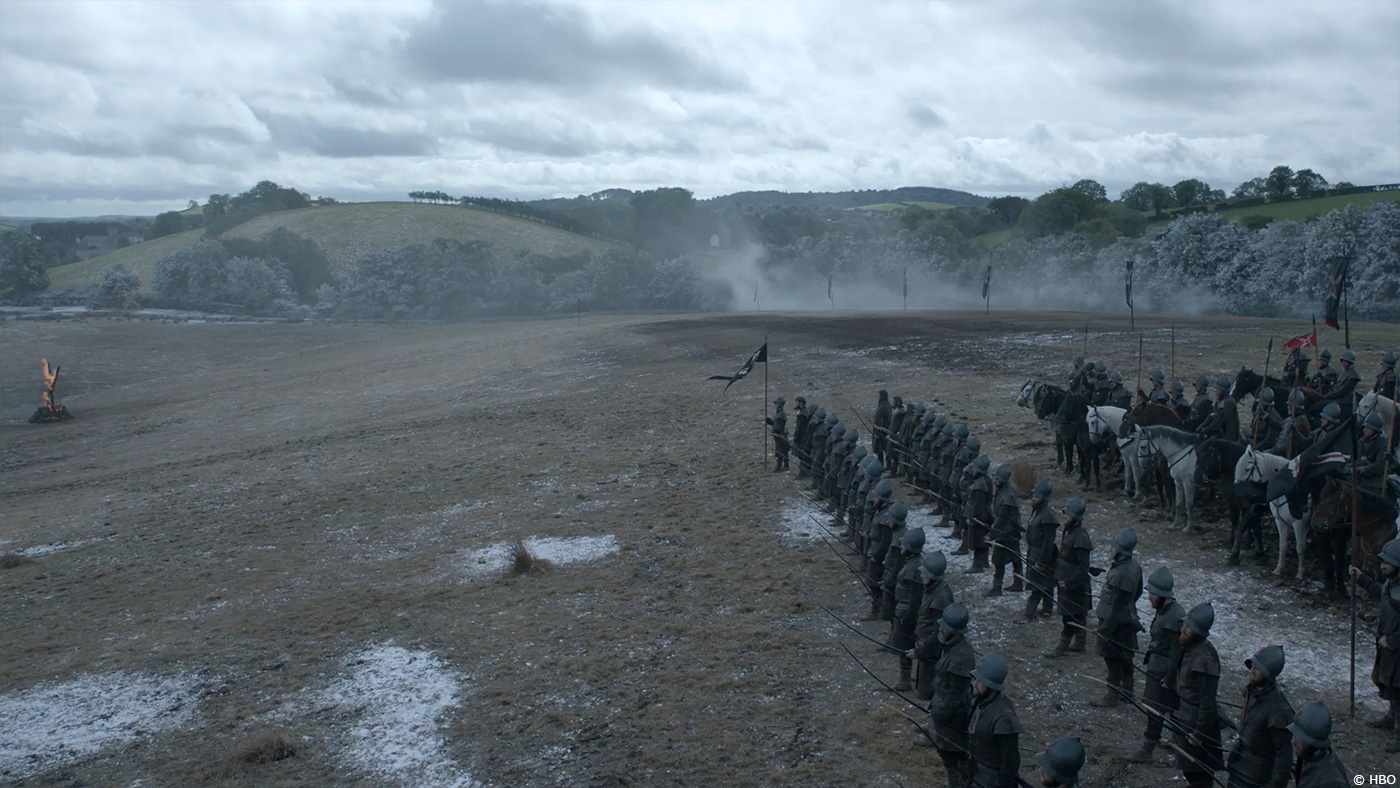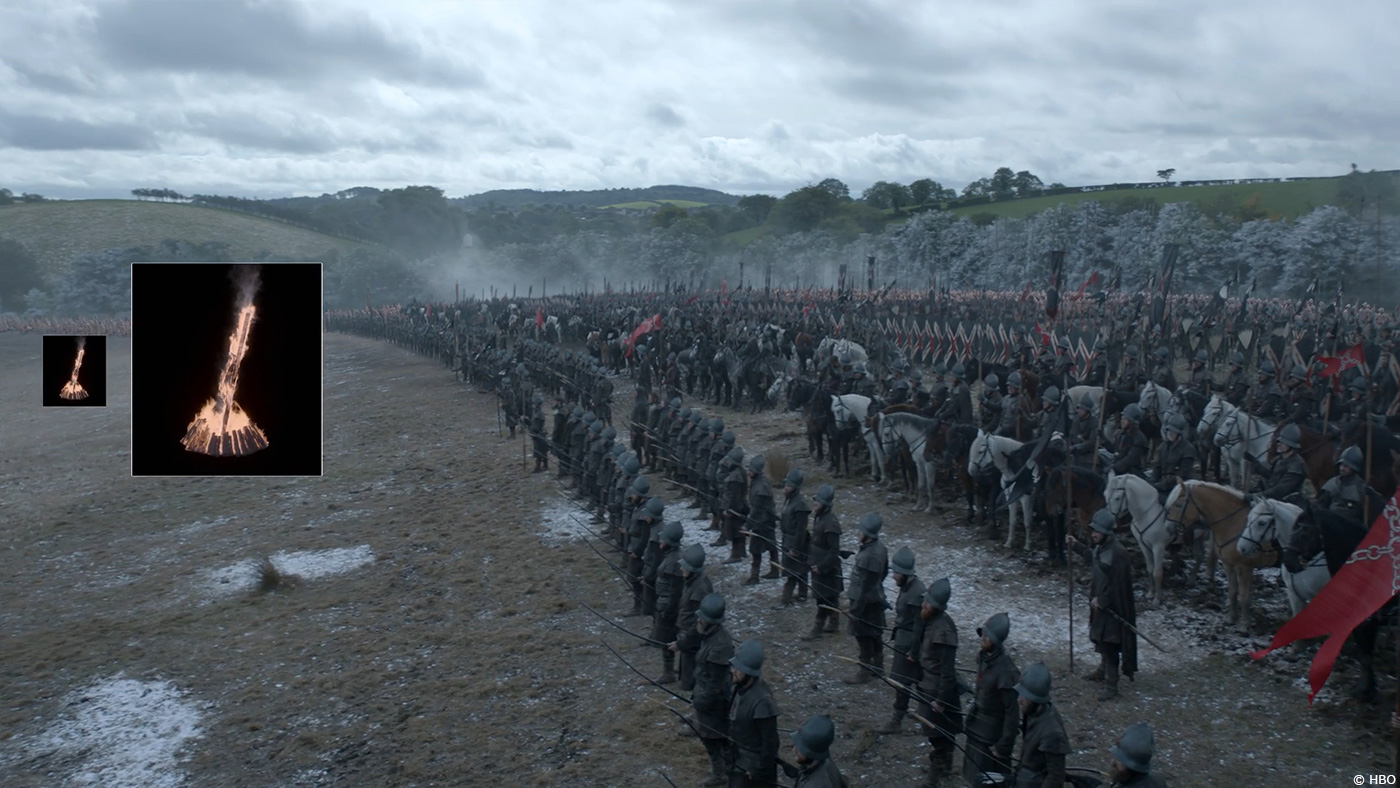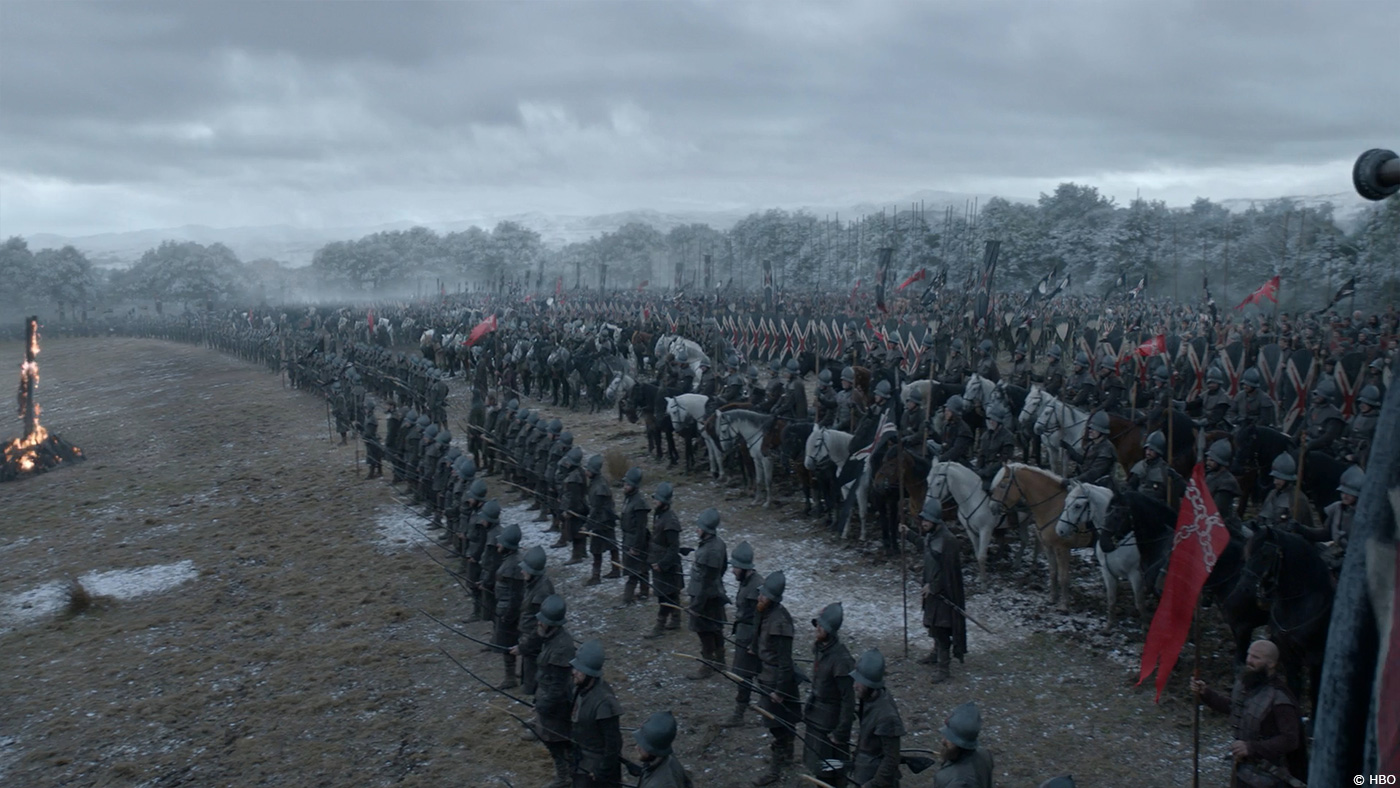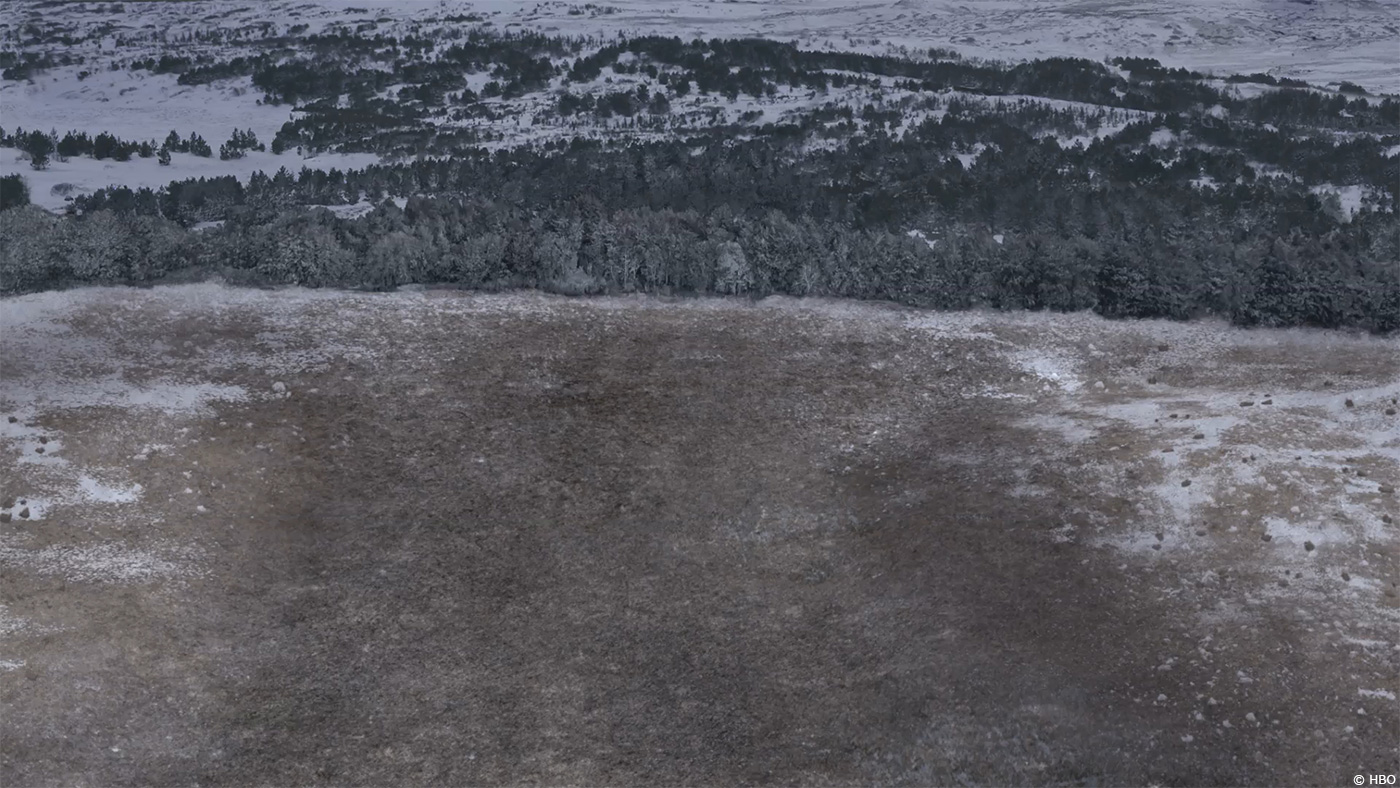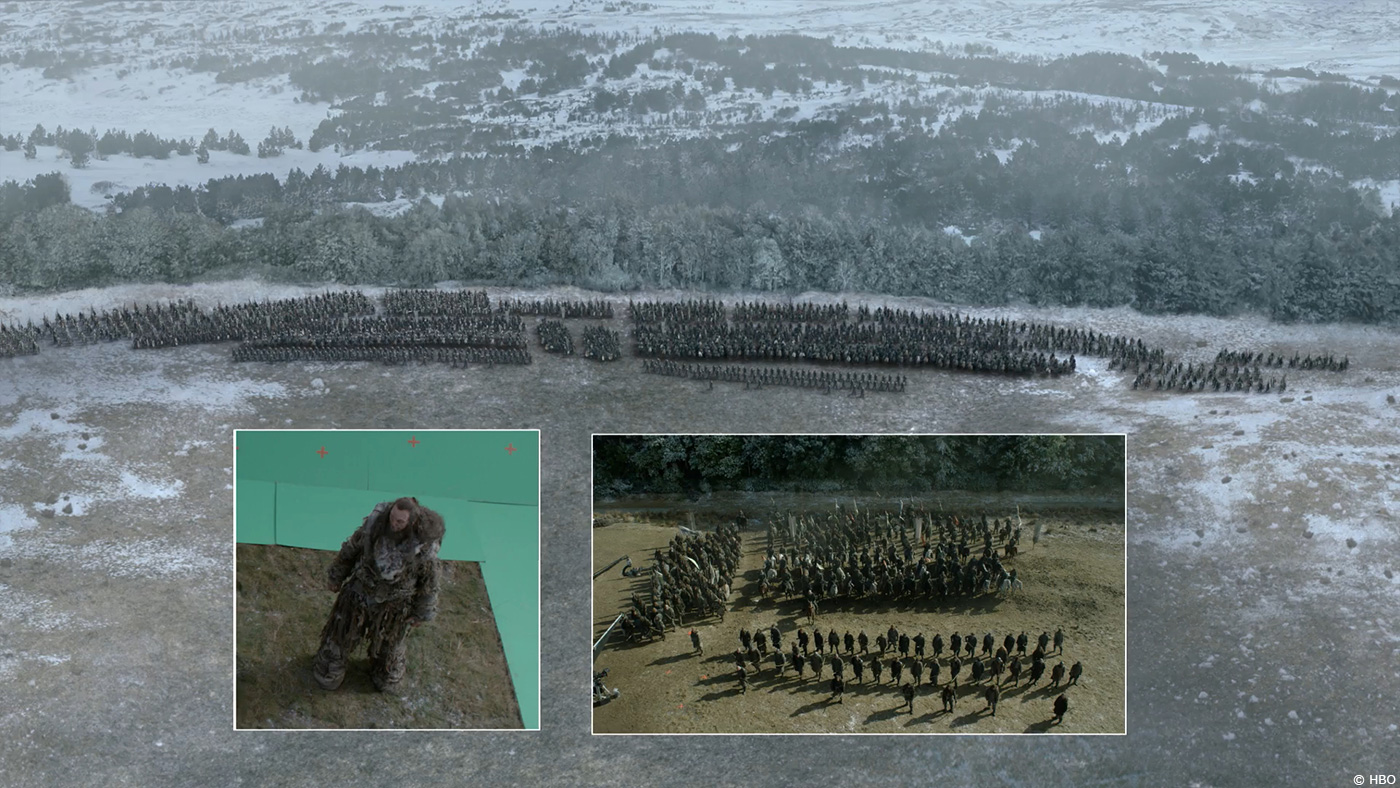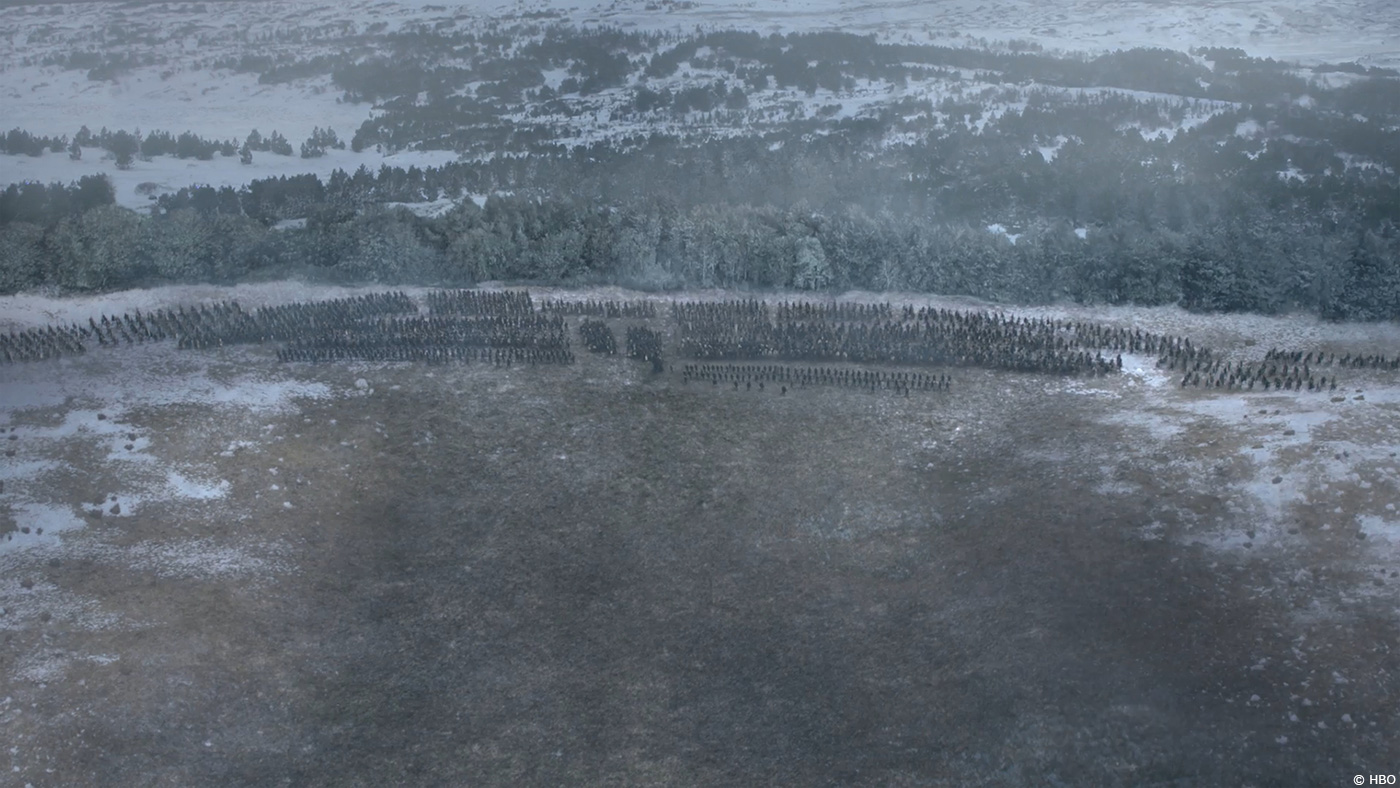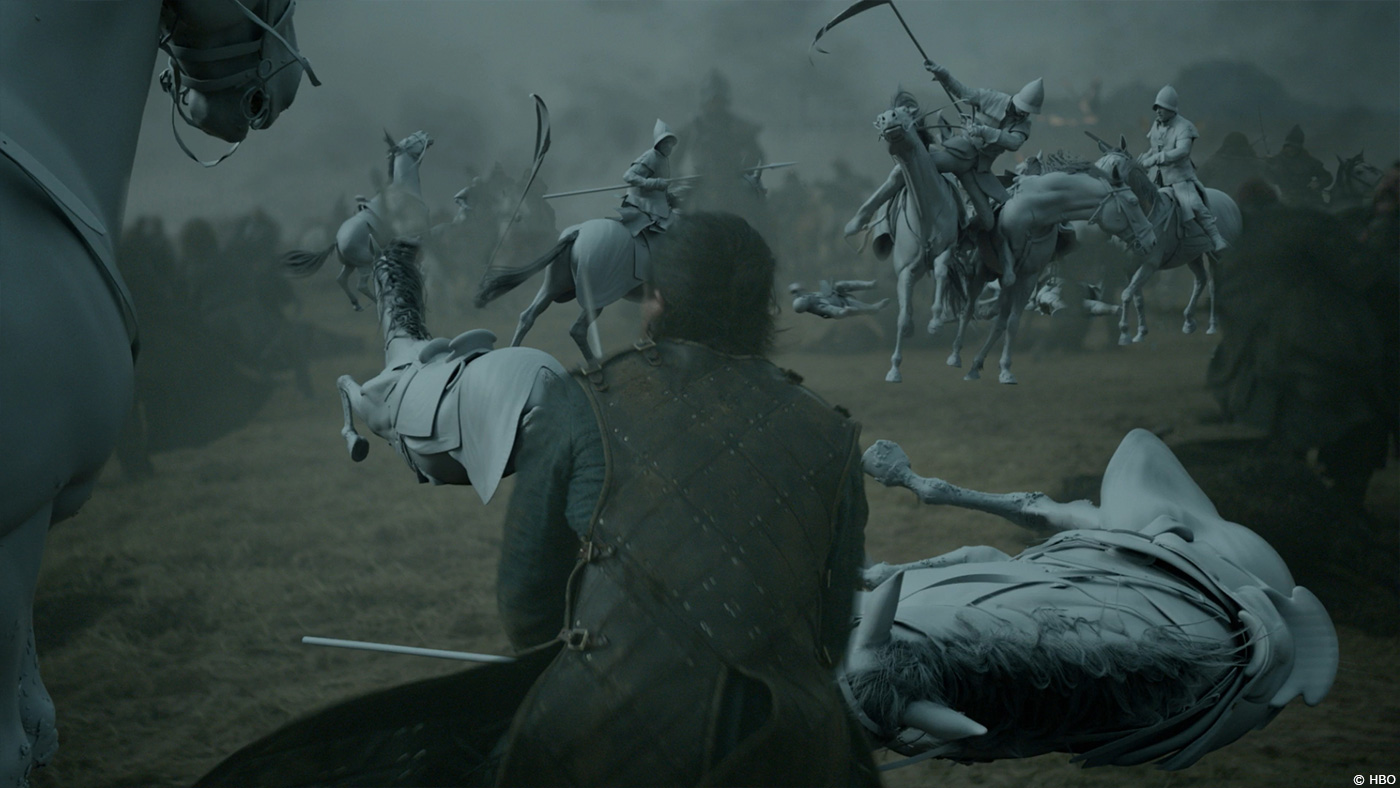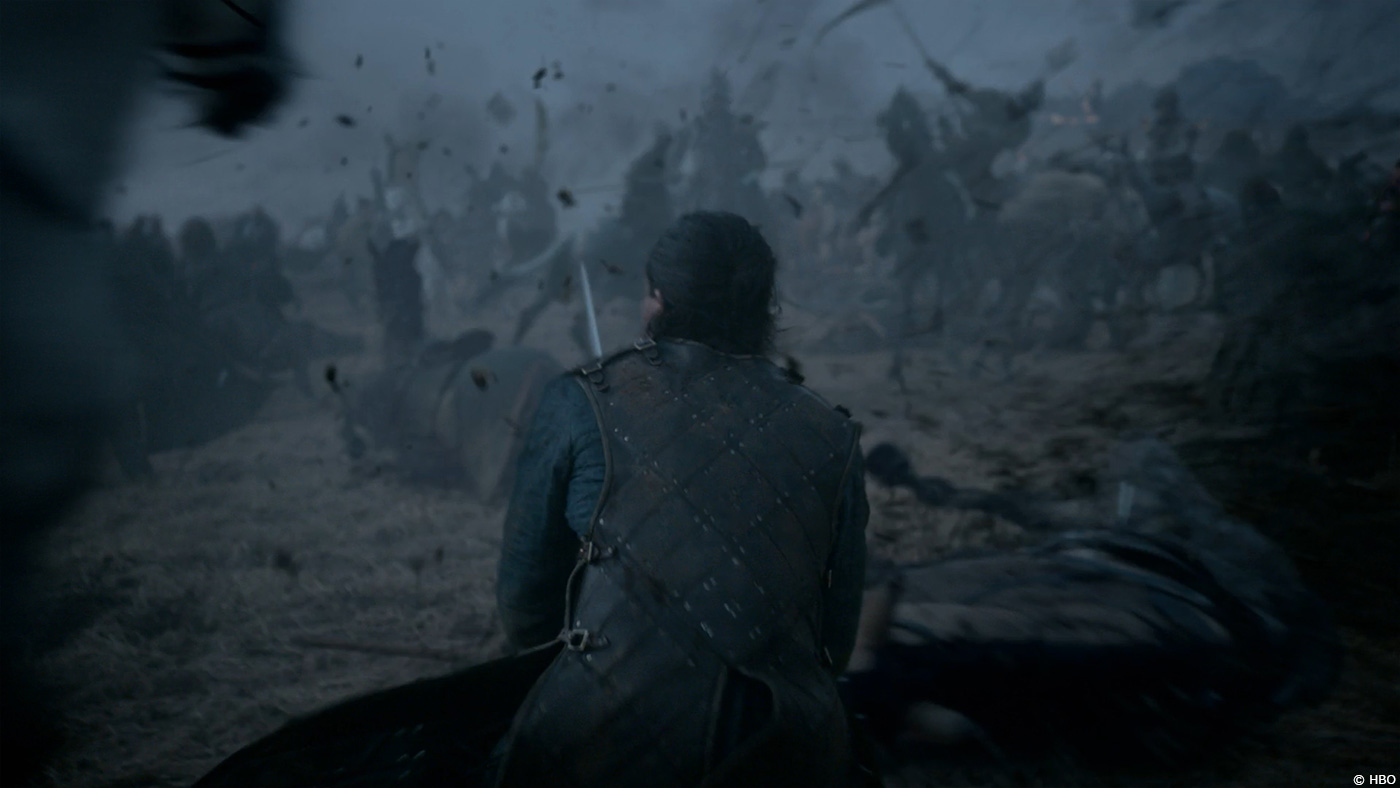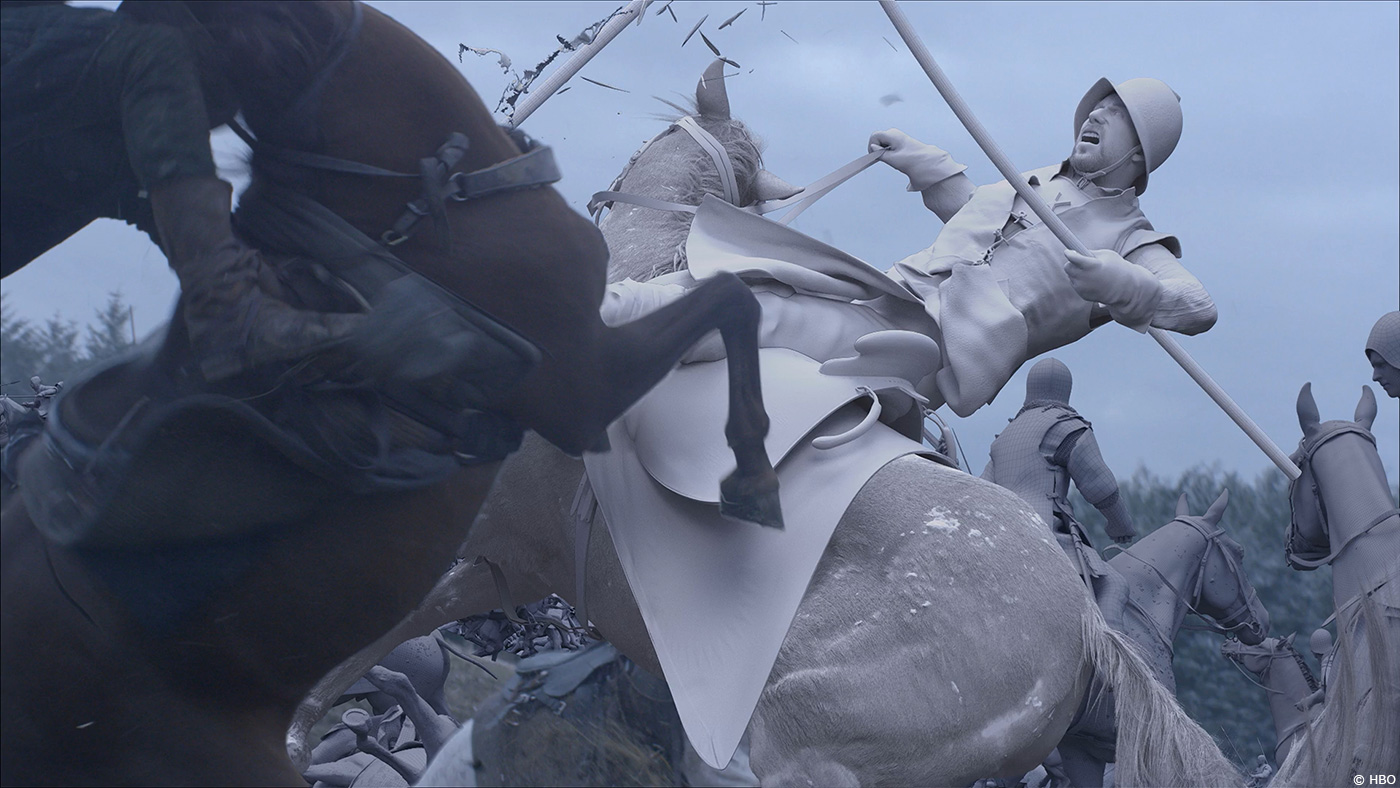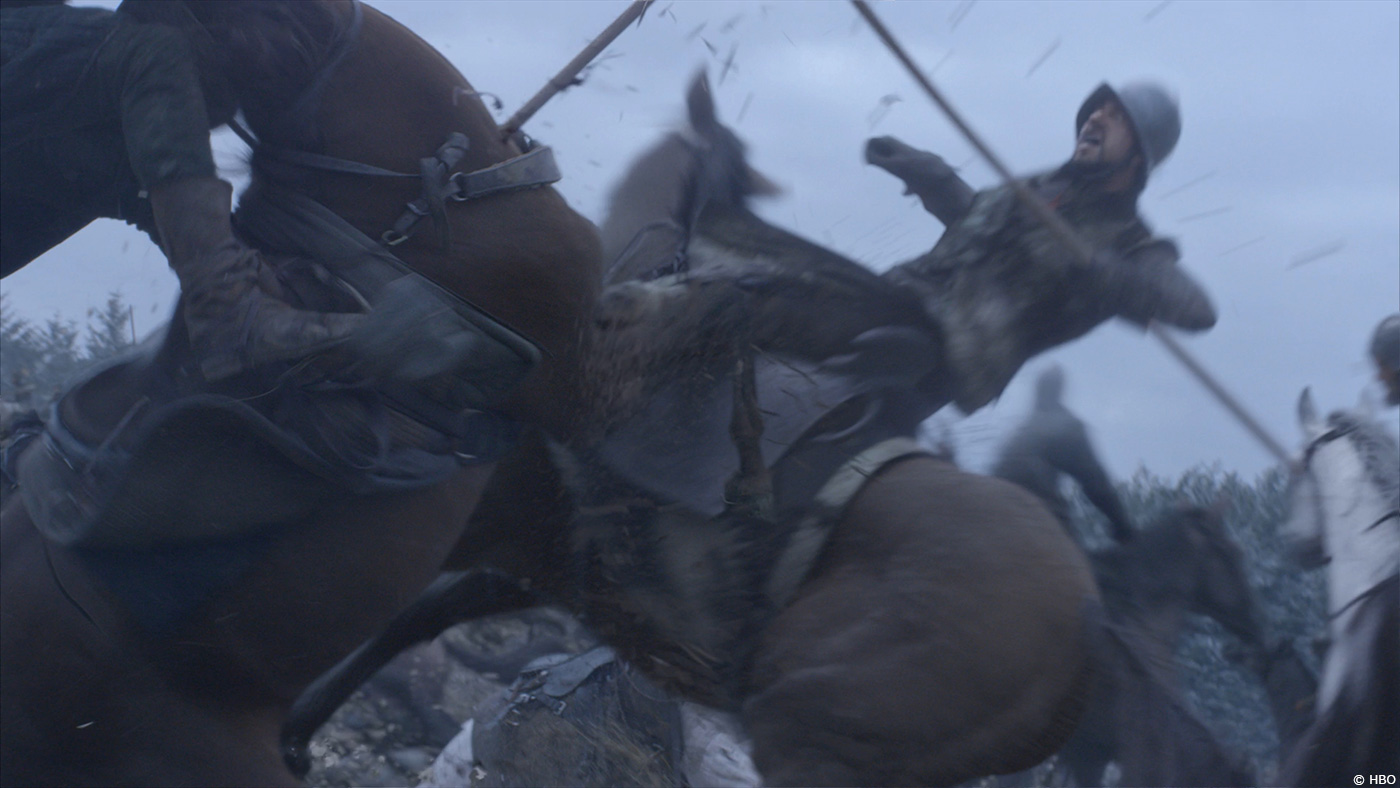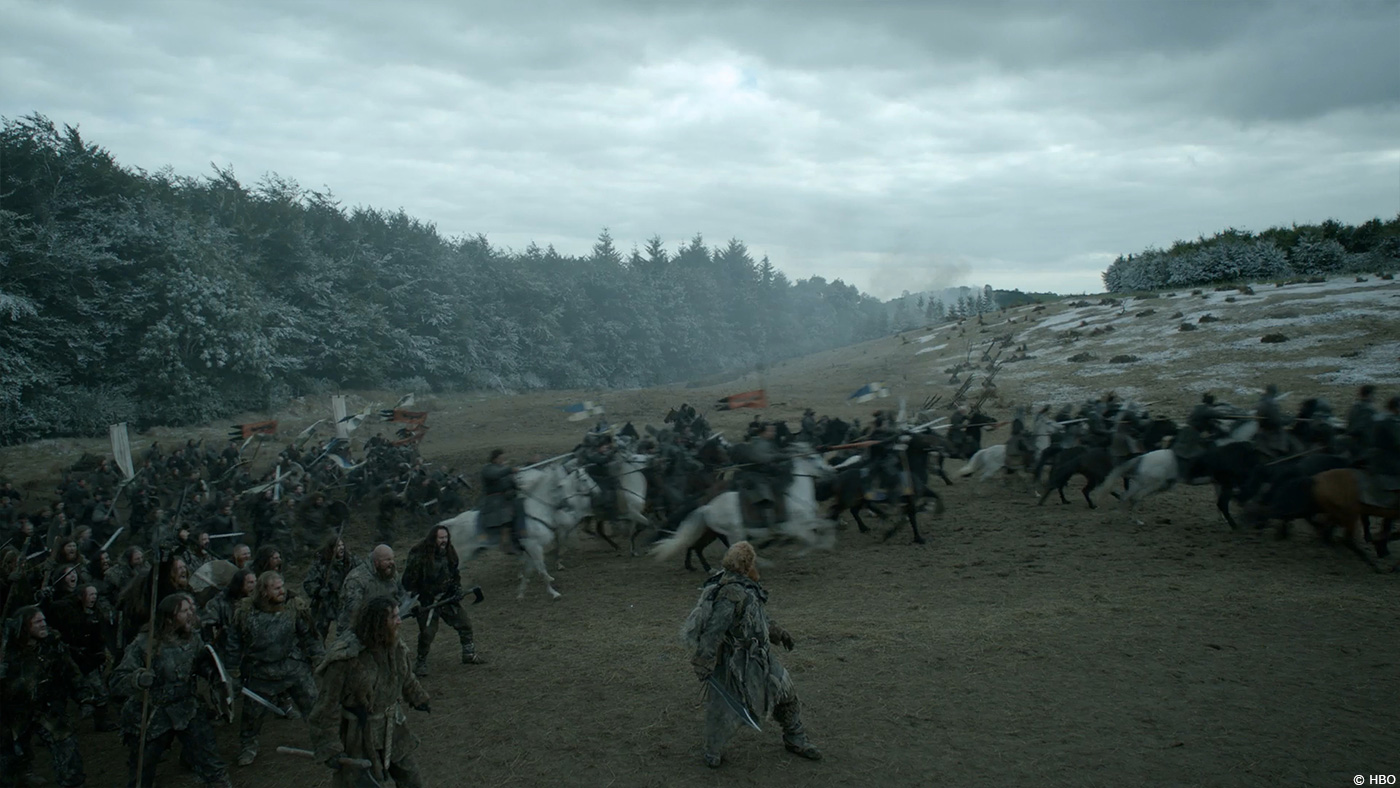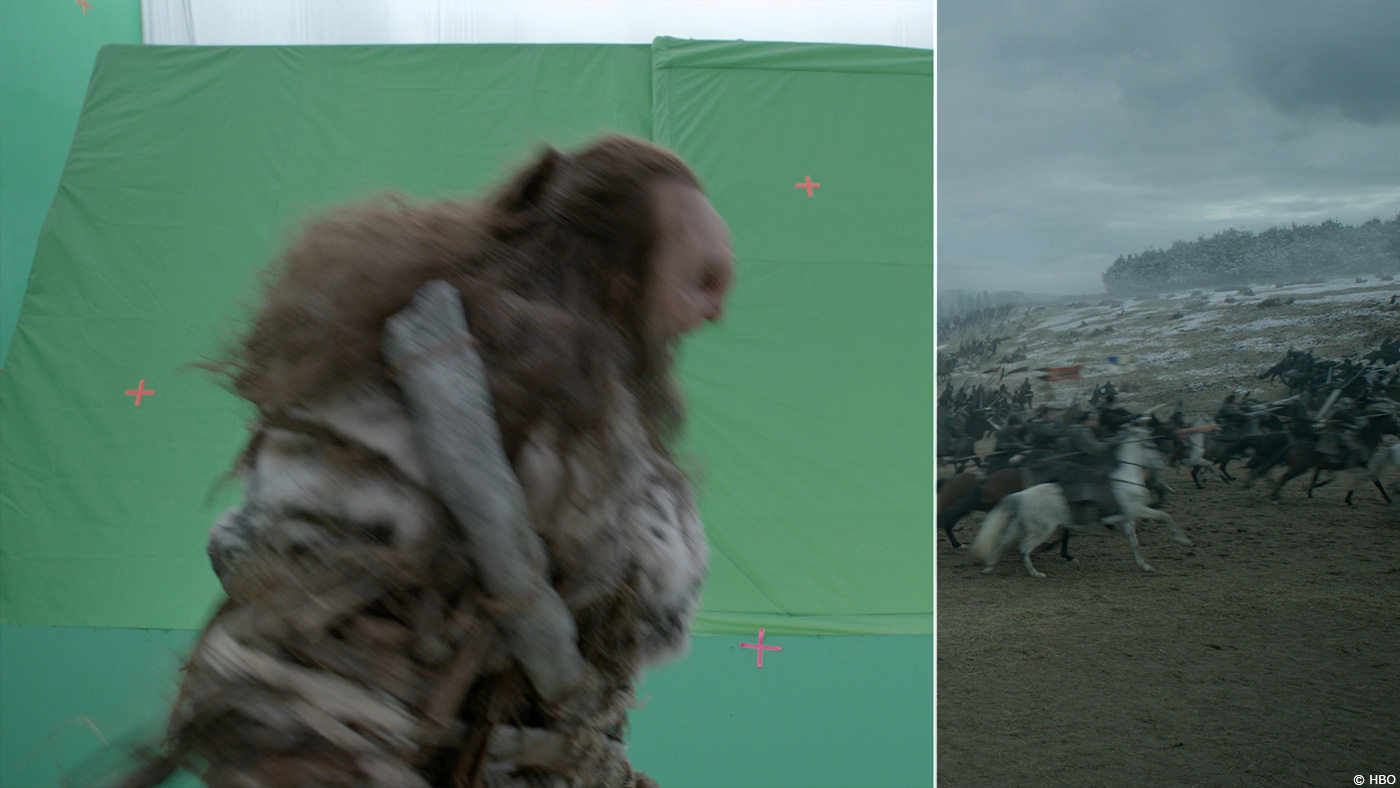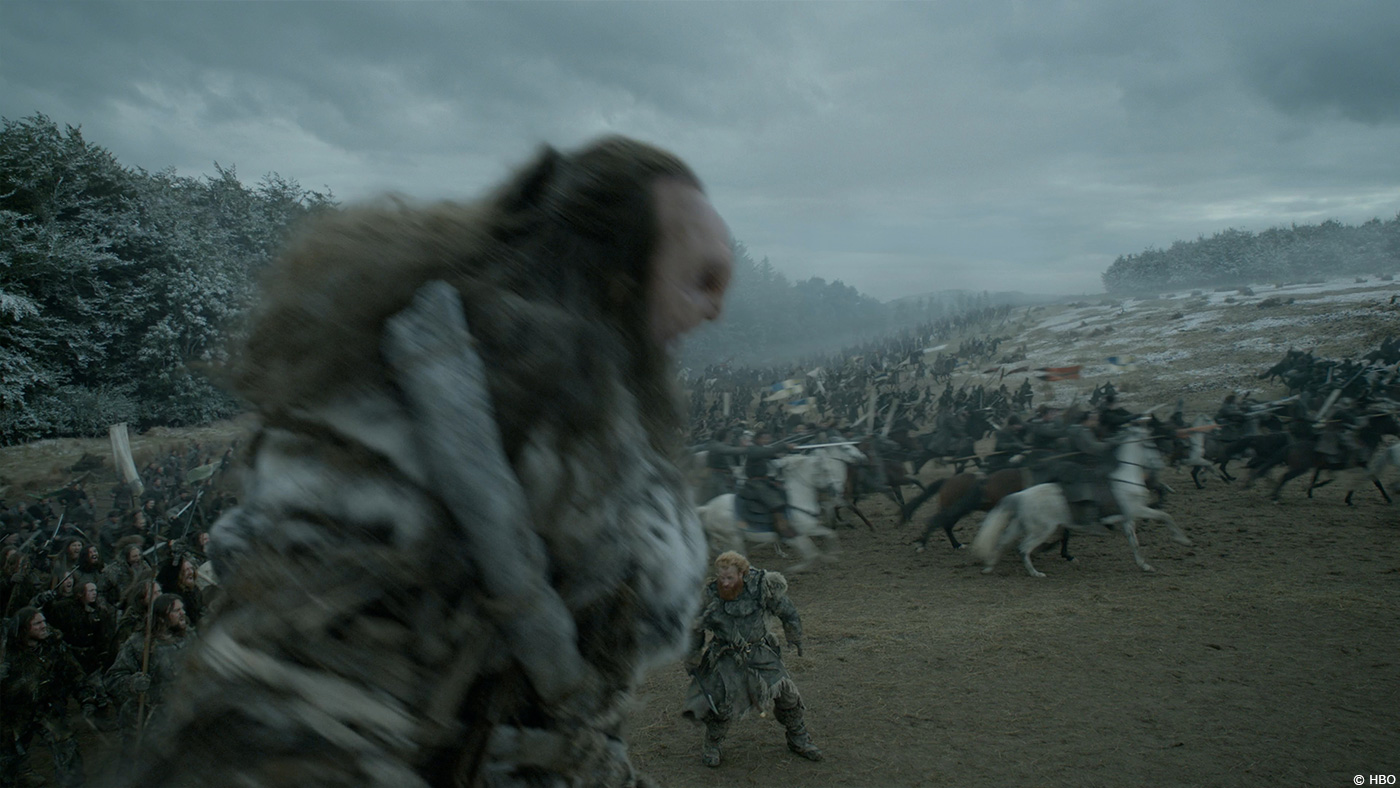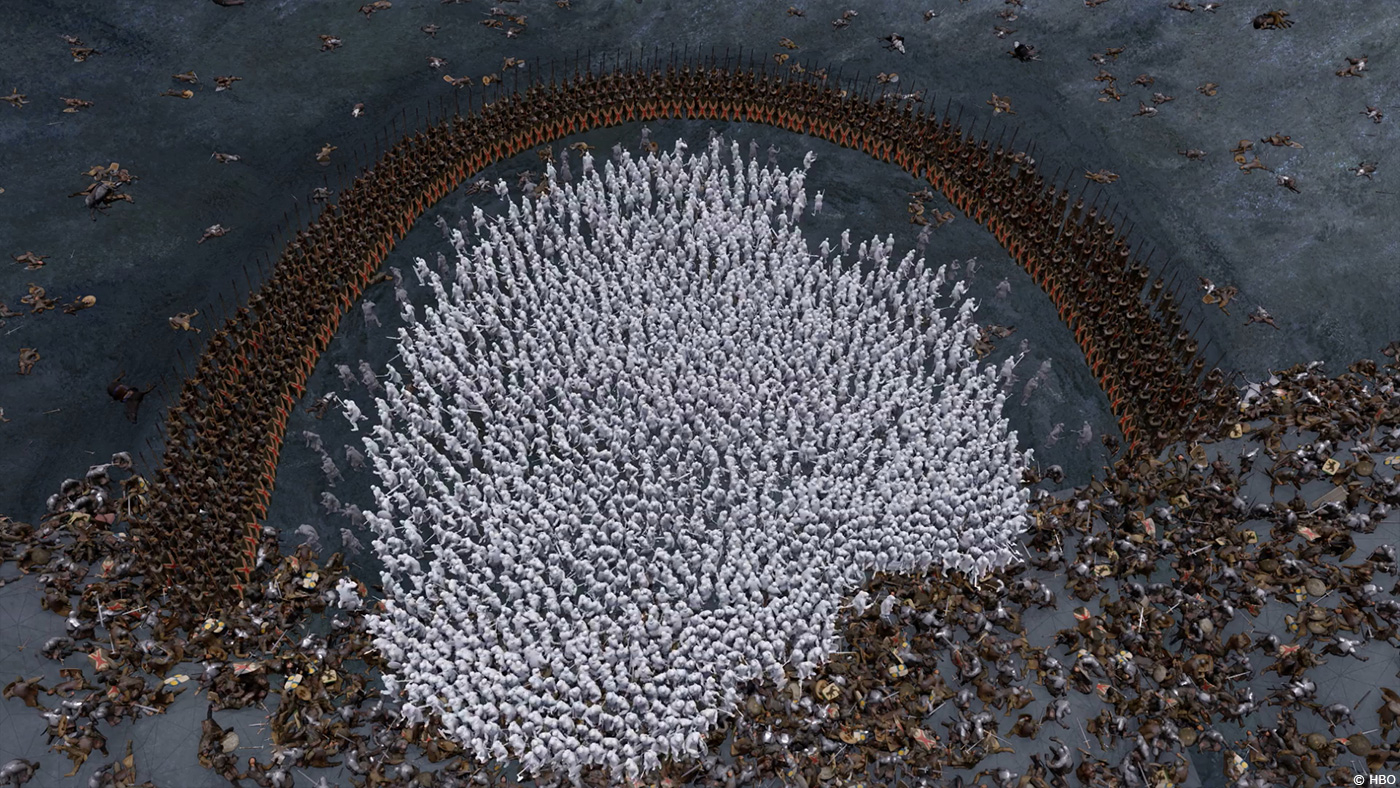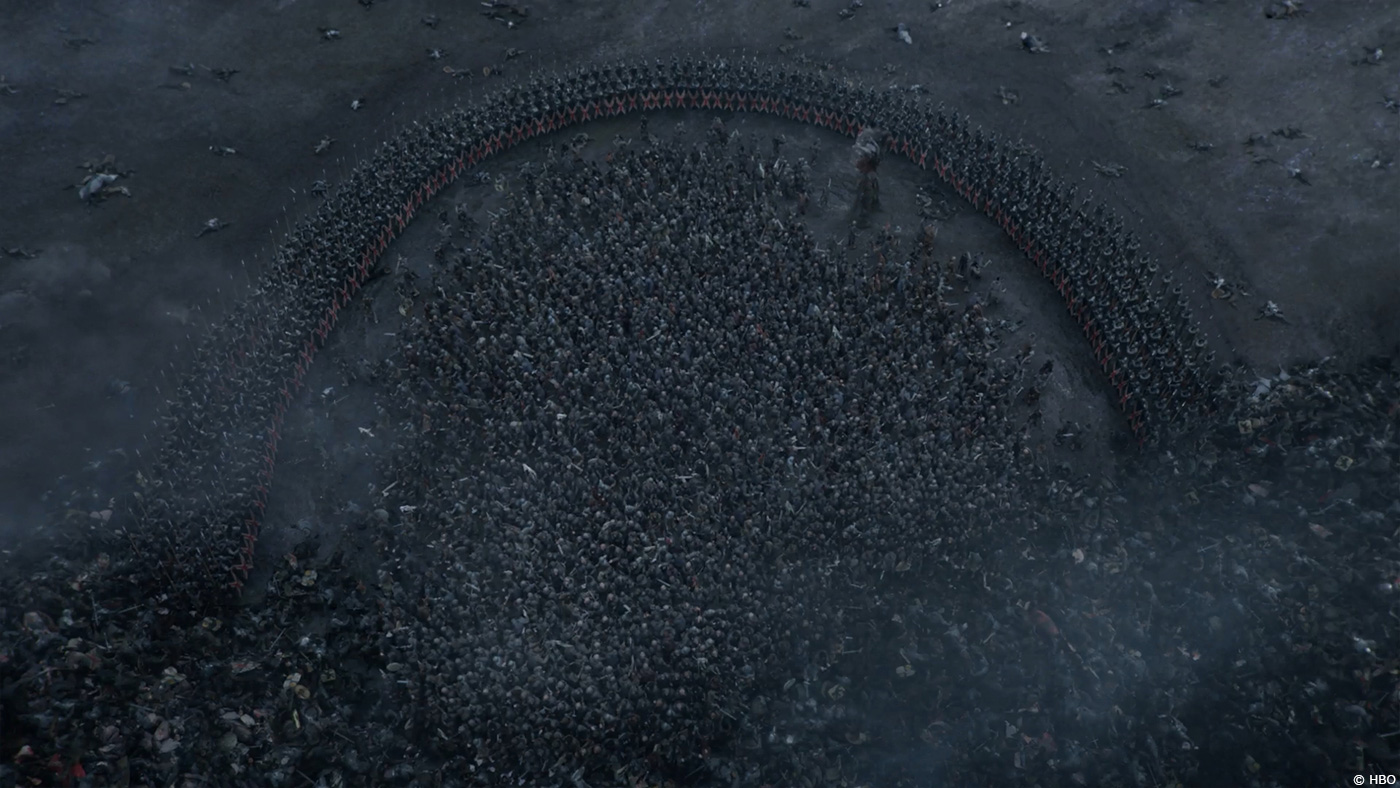In 2015, Glenn Melenhorst had told us about the work of Iloura on TED 2. He then worked on the TV miniseries CHILDHOOD’S END. His next project was GAME OF THRONES that he explains in detail today. And then he moved on GHOSTBUSTERS.
What was your feeling to be part of the GAME OF THRONES universe?
It’s such a successful and well-loved franchise, and we’re all fans of the show so the chance to work on episode nine was hugely exciting.
How did you and Iloura get involved on this show?
The producers were looking for a VFX studio to create photoreal CG horses and we had done fairly extensive digital horse work for the 2014 film A MILLION WAYS TO DIE IN THE WEST so they asked us to test for the show and we were awarded the project.
How was your collaboration with VFX Supervisor Joe Bauer and VFX Producer Steve Kullback?
It was fantastic; they’ve set a high bar for VFX quality and we made sure the detail and realism of our VFX kept that standard.
What was their approaches and expectations about the visual effects?
It’s a TV show, but with a film finish; there are no cut corners. We received a ton of reference footage, plates, and highly detailed data from on set, which set the tone for the level of work.
The Battle of the Bastards involves massive armies and crazy stunts. What was your approach about it?
We hand animated most of the horses, using a lot photo reference, and scaling the action with Massive software. We also used an in-house mocap system for some of the stunt performances.
Can you explain in details about the crowd creation and animation?
We spent thousands of hours doing keyframe animation to create unique pieces of action, then pumped them into Massive to drive the system. For instance, the aerial shot when the Bolton-led army surrounds the Wildlings features over 300 pieces of hand-animated work.
There is a really long shot of Jon Snow in the middle of the battle. Can you tell us more about its filming and your work on it?
The ‘oner’ shot was extremely well choreographed and laid out in previs, which helped the crew capture the necessary action on set and gave us a fantastic blueprint. It was our first shot received and the last shot turned over due to the intensity. We kept adding to the chaos: flailing horses, dismemberment, crashing adversaries, and we had to make sure everything consistently remained in the right spot throughout the shot. Furthermore, the horses and riders are close up so they had to be highly detailed and photoreal. It was quite challenging.
Can you explain in details about the creation of the horses?
We started with our existing assets, but realized we needed them to be stockier, more heavily built and battle ready. We rebuilt the horses from scratch, including new skeletal and muscular systems – all these little details to make them real. Each horse has a real hair system with over a million hairs, and with a rigged and animated mane and tail. To account for all the variety, we were able to adjust the color scenario of each horse individually. And on top of the horses, each rider had distinct saddlery, bridal and reigns that all was built and textured as well.
What was the main challenge with the horses and their riders?
Creating photoreal horse and riders on the scale that we did was certainly challenging. We were managing huge amounts of data and highly complicated scenes containing thousands of objects that all had to be tracked, animated and lit.
How did you handle the horses animation?
We mainly relied on observation and key frame animation. We looked at a lot of live action reference online of things like jousting and steeplechases, and purchased a few piece of mocap data for canter and walking.
A giant is also a big part of this battle. Can you tell us more about him and the creation of his shots?
For the most part, the giant was shot on set by Joe Bauer, and we just composited him into the shot, making sure he was the right size and color grade; it worked out perfectly since it was so well shot.
Did you develop specific tools for this show?
We constantly develop new tools for our pipeline since every project brings new and different challenges. This show was easily the most complicated in terms of tools needed to handle data and the overall pipeline, and toolset got a rev up as a result of working on it.
Can you explain in details about the flying shot featuring the white raven and Winterfell?
It started as a background plate they shot in Iceland, I believe, and containing mountains and lava flows that we had to remove, which involved a lot of matte painting. The bird asset was provided to us but we used our own feather system, and hand animated it. We also built and textured a CG Winterfell, then put it in the distance.
Was there a shot or a sequence that prevented you from sleep?
All of it.
What do you keep from this experience?
This was our first time creating armies of such scale, so happy to have gone there and been successful. Also, the response to the episode was enormous and it was really cool to see that reaction.
How long have you worked on this film?
30 weeks.
How many shots have you done?
130 shots.
What was the size of your team?
110 artists.
What is your next project?
We worked on GHOSTBUSTERS, which hit theaters last month, but in terms of active projects, we have to keep things quiet for now.
A big thanks for your time.
// GAME OF THRONES Season 6 – VFX Breakdown – Iloura
// WANT TO KNOW MORE?
– Iloura: Dedicated page about GAME OF THRONES – Season 6 on Iloura website.
© Vincent Frei – The Art of VFX – 2016


